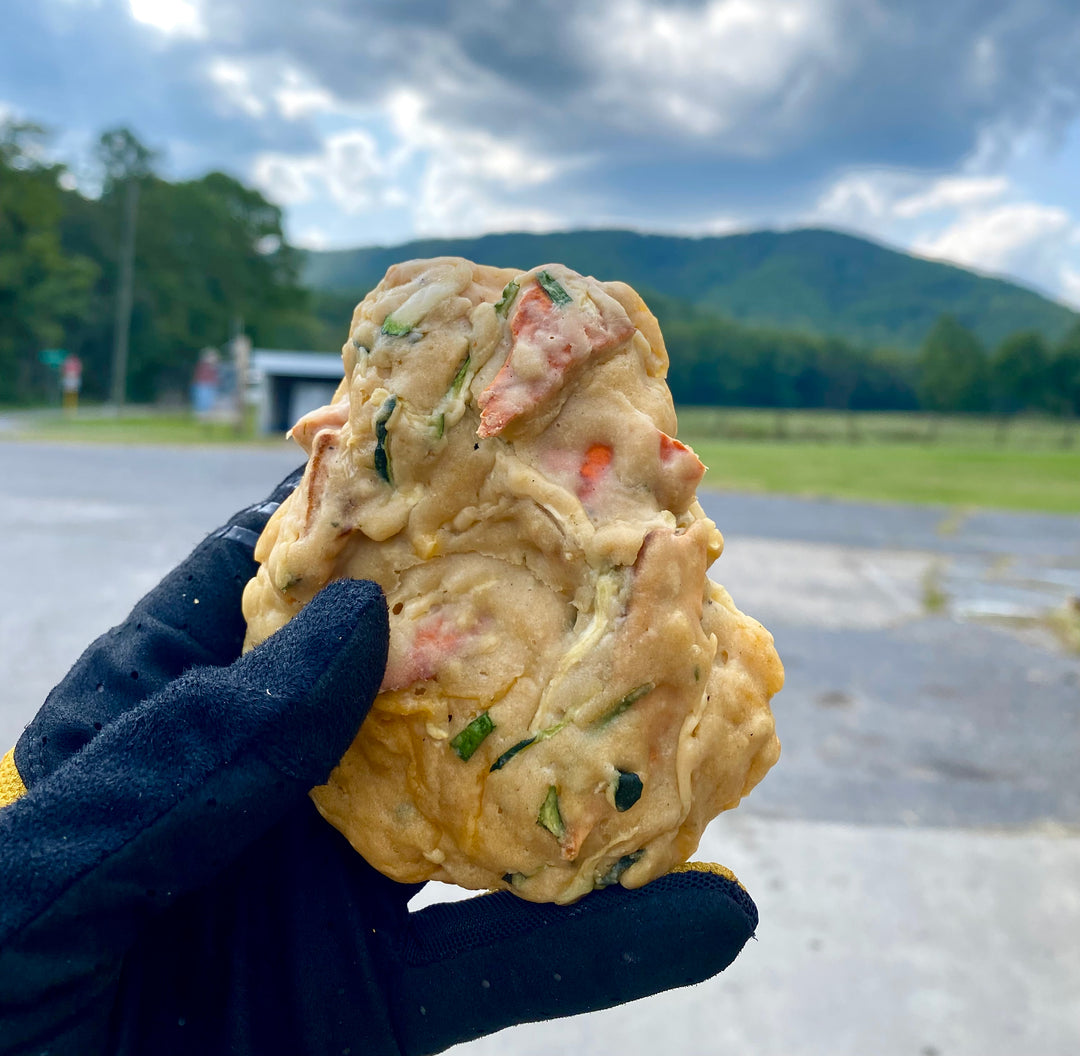Running Form With Sage. Part III It's all in the Hips (Core)

By Sage Canaday
When we say the term “Core” we are referring not only to your hips, but also your butt, your lower back, and your stomach muscles.
The Core is really key to proper Sage Running Form as it is an area that must tolerate the twisting action of your legs and arms while keeping your body stable and upright. As a result of all this force, a lot of injuries and/or pain occur in the core area. Keeping the core strong and healthy is therefore essential for being able to run at progressively higher levels.
Our recommendation for ensuring your core is prepared for the pounding and stress of progressively harder running is to do some dynamic stretching exercises after you’ve warmed up from a run:

[Fig. 1-4: The Magical Hip Stretch]
Like most people, you are probably pressed for time, but if you could add in some extra exercises, then the plank movements you can find in Sandi’s YouTube video here may be helpful:
Finally, if you really have some extra time, working on hip mobility through things like the following hurdle drills and reverse planks can pay huge dividends in keeping you healthy and moving well.
Ideally, you should also do a few other stretches and some more core exercises three times in a week.
Remember, running isn’t just about running when it comes to ideal training. Many of you may sit in chairs for prolonged periods during the course of the day at work and/or during your commute. We tend to stare at computer screens and mobile devices quite a bit as well. All this sitting and staring can wreak havoc on key running muscles, tendons and ligaments in the back, stomach, and legs. Often we find that the extension and flexibility needed for fluid and efficient running form starts to become compromised by imbalances in muscle tension, a lack of mobility/flexibility and poor habits. The culprit of many of these issues comes from sitting (especially in poorly designed/adjusted chairs) because the hip flexors are in a shortened state and they eventually become too tight.
Tight hip flexors can be a major kink in the flow of optimal running mechanicals as they influence leg lift going forward and upwards as well as leg drive (pushing your leg backward as your stride goes behind your center of gravity). Over years of training miles, as well as hours and days of sitting, runners often have some sort of issues in this area and it not only leads to annoying pains but can also compromise performance. More often than not, these inefficiencies can manifest themselves into lower back pain, glute (butt) pain, upper/leg hip pain and inner thigh (groin) pain.
What also causes pain (and can literally be a pain-in-the-butt) is inherent leg length discrepancies. Nobody is born perfectly symmetrical. It’s likely that one foot may be a bit larger and/or wider than your other and it’s almost guaranteed that one leg is a bit longer than the other. In some people, this is a greater difference and it starts to become something your body notices after millions of running steps. Even a slightly twisted pelvis from a crook in your back or a 1/8”leg length discrepancy can cause additional muscle/tendon imbalances that can eventually lead to pain and less efficient running.
So in closing, this is what Sage Running Form™is about:
- . Strength (especially in your core and legs) and mobility
- A forward lean from the ankles
- Being quick and light off your feet (i.e. 180 steps a minute)
That’s it! We don’t expect you to master all of these components at once, but just being aware of your body and how it applies to these movement patterns is a valuable step in improvement and running health.
The other main thing you can do that falls into the drills/stretching category of exercises for improving Sage Running Form, ™ is “strides.”
“Strides”= relaxed, near-sprint speed efforts (starting at 90% of top speed) that involve accelerating over 75 to 100 meters with a quick stride rate and proper form. Be sure to only do strides after a run (or after at least warming up with Easy Paced running for 15-minutes followed by some stretching). Also, take a good 1-2 minute rest between each Stride effort for full recovery. They should be easy and fun to do! Try to stay relaxed and work into building up speed as you progress. The purpose of Strides is to stimulate your fast twitch muscle fibers at near top-end sprint speed and enforce proper running mechanics (as well as great hip extension and stride length as well as stride rate.) Strides can even be done on a slightly downhill slope of about -1 to -3% grade on a smooth and softer surface like dirt or grass. The slight downhill will really help increase your stride rate. When you become more efficient at near top sprinting speed then that means all sub-maximal speeds (i.e. marathon or ultra-marathon race pace) will feel more like an easy jog.
So in conclusion, what also helps in developing Sage Running Form™ (or your most efficient form), is running fast! Strides, speed workouts, and even Tempo Runs only slightly faster than marathon race pace on smooth surfaces help iron out inefficiencies that may likewise crop up when just doing slow-paced Long Run as all of your mileage. Essentially by optimizing our mobility, strength, flexibility, and mechanics, we are fine-tuning our skeletal muscular system. Along with these running form tweaks, exercises and drills, the speed workouts will all help iron-out your movement patterns in a way that generally increases Running Economy (your running efficiency) at a wide spectrum of paces.














Leave a comment